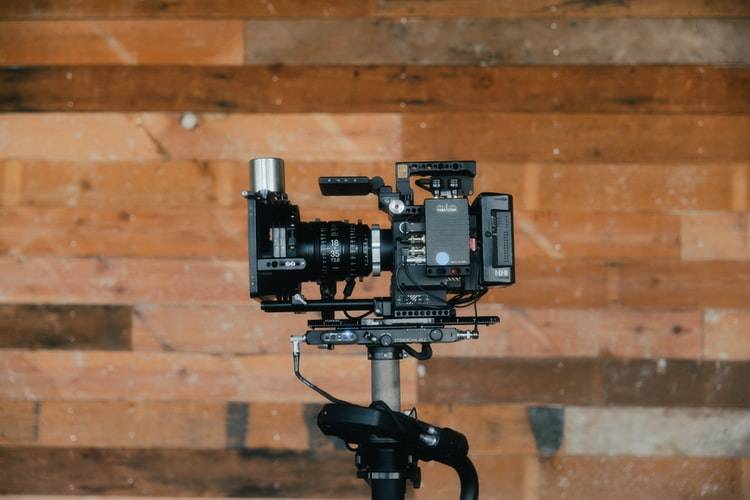A new program being offered through the University of Alaska Fairbanks hopes to train groups of Alaska Native storytellers in digital media, giving them the skills they need to tell their own stories.
The program is a collaboration between UAF and Fairbanks-based Indigenous rights group Native Movement. Participants will learn from professional filmmakers as well as film and theater professors from UAF, according to Princess Daazhraii Johnson, board member of Native Movement and faculty member for the filmmaker’s course. In an interview with the Empire, Johnson, who is Neets’aii Gwich’in, said the class is a filmmaking course but one not necessarily aimed at filmmakers.
“I’m not expecting anyone to come with any of these skills,” Johnson said. “When I look on social media, people are doing stuff. People are already making videos on TikTok. This is an opportunity to learn in a community with one another.”
Johnson said stories about Indigenous people are often told by people from outside the community. Indigenous people are often interviewed, she said, but are not the originators of the story. Through the course she hopes to Alaska Natives will be empowered to tell their stories through film and digital media.
Johnson is a creative producer on PBS Kids’ “Molly of Denali,” which according to PBS is the first nationally distributed children’s series to feature a Native American and Alaska Native lead character.The show’s production staff also includes several indigenous writers and producers.
[Salmon derby celebrates 75 years with new ways to win]
“We need to be able to tell out our stories from our own perspective,” Johnson said. “With what we’re facing with intense, extreme climate change, we see the impacts. In the Arctic we’re warming twice as fast and that affects thousands of families. There’s an urgency for us to be able to speak to these issues right now.”
The program received over 30 applicants, said Maya Salganek, associate professor of film and video arts at UAF and another of the program’s faculty members, and will be choosing about 12 for the course. The film and theater program at UAF is Alaska’s only four-year film degree program, Salganek said, and has worked with Indigenous filmmakers in the past on projects that have gone on to win prestigious awards.
Applicants did not have to be enrolled students, Salganek said, but they will earn credit toward a film degree.
“We really know the meaning of this Indigenous authority of the story telling,” Salganek said. “We’re hoping to increase the enrollment of indigenous media makers.”
Salganek said all areas of the state were well-represented in the applications and said several had come from Southeast Alaska. A final decision would be made in the coming days she said, with the program starting in late September. The course will be mostly remote, but there is a one-week in-person portion during which students will fly to Fairbanks to work together.
Faculty members are watching the COVID-19 situation closely, Johnson said, but said plans around the in-person session could change depending on the case count.
There was a lot of outside interest in Alaska, Johnson said, and it is important that Indigenous people be able to control their own narratives. All that was needed for the course, she said, was the passion to do it.
“I’m really excited for us to be moving towards narrative sovereignty, being in control of the stories that we tell on our own terms, visually how we represent ourselves, not through an outsiders lens. With this course, we’ll hopefully spark people’s passion.”
• Contact reporter Peter Segall at psegall@juneauempire.com. Follow him on Twitter at @SegallJnuEmpire.

